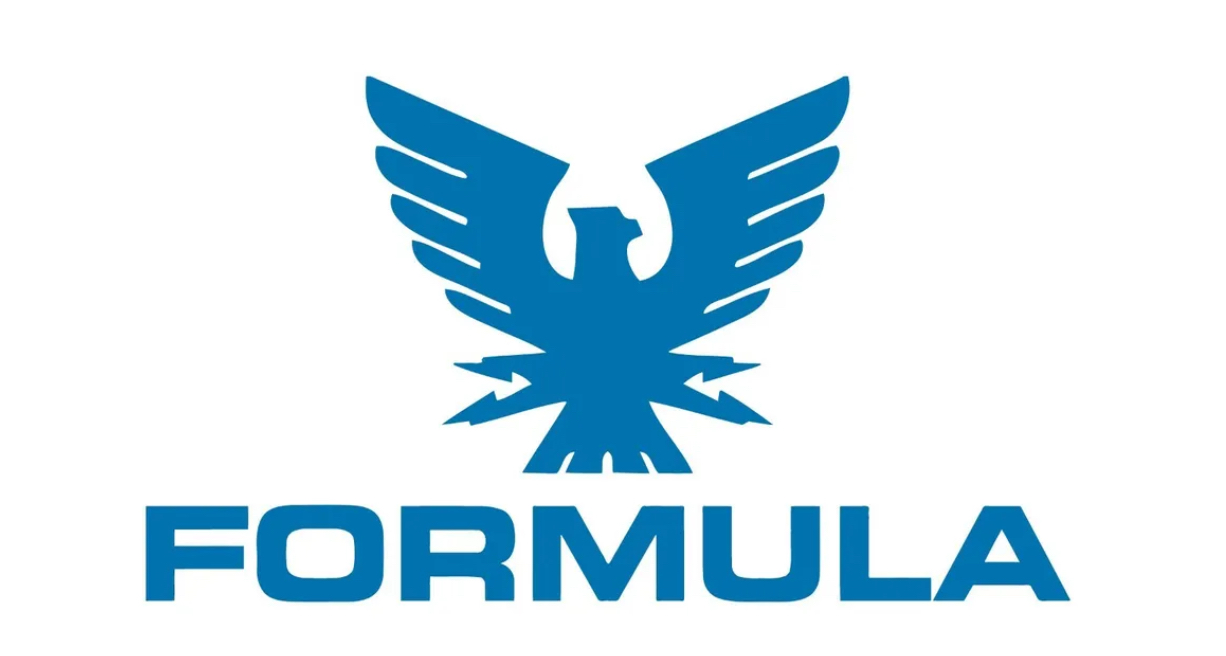rclementtx
Member
I believe all of our boats have a leg of the fresh water system that runs from the city water inlet on the transom to the balance of the fresh water system. I find it easy to winterize most of the fresh water system by draining the fresh water tank, filling with antifreeze, and then running each faucet / toilet til I get a solid stream of pink antifreeze ... and I've already done that. What do you do for that short let of piping that's between the city water inlet and the balance of the system? It appears to be protected by a back flow check valve so it does't drain easily and it's likely to freeze on our cold north Texas cold snaps. Do you forget about it or do you pump in antifreeze? If you pump, what's the simplest technique our forum members use?


